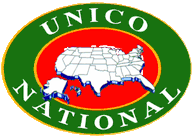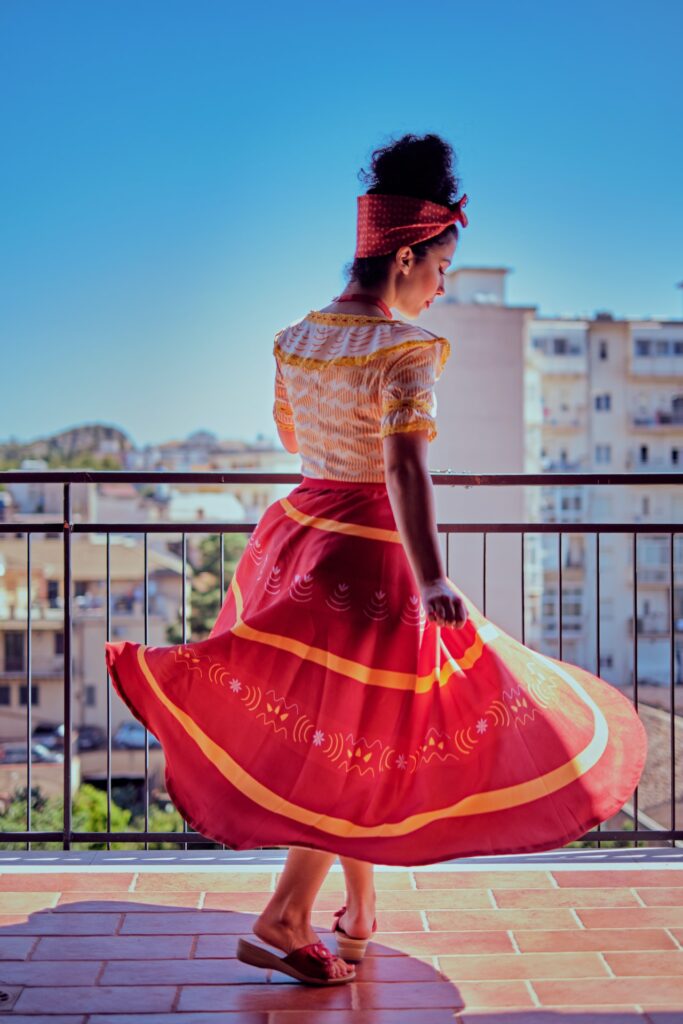Every Wednesday night, a small group of students gathers for their language course at the Italian Charities of America Inc. in Flushing, Queens. Ironically, the students are not interested in learning Italian, but a separate language that arrived during the wave of Italian immigration to New York City. These students are the children and grandchildren of Sicilian immigrants.
“We only write the phrases on the board in Sicilian, not in Italian, so that is what stays in our memories after class,” says Salvatore Cottone, teacher of the Sicilian language class. On the chalkboard, Cottone has written, “Dumani Marialena sinni va cu zitu.” If he were to compare it to Italian, it would say “Marialena andrà con il suo ragazzo.” It would not help the students to observe the ways that one language relates to the other; they are completely separate in form, construction, and syntax.
Sicilian and Italian are both audibly and visibly diverse. To note a few examples, Sicilian uses different vowel sounds, relying on a long “u” rather than the “o” as in “trenu” (train) and “libbru” (book) instead of “treno” and “libro.” There is no future tense verb conjugation; instead, context words such as tomorrow, “dumani,” and later, “doppu,” are used to indicate that the action will take place in the future. The cadence and pronunciation of Sicilian also demonstrate obvious differences from the standard Italian.
Scholars have found that Sicilian was the first written language in Italy after Latin. Declared by UNESCO as the first romance language of Europe, Sicilian contains a unique vocabulary of over 250,000 words. Since Italian Unification in 1870, however, when Tuscan became the national language, Sicilian has become less prominent in the southern regions of Italy and Sicily.
Although nearly 20 million people in Sicily and around the world still speak Sicilian, it is not included in Sicilian academic curricula. School systems are only required to teach Italian standard grammar, and as a result, children are not encouraged to learn proper Sicilian grammar. Despite efforts to bring teachers and Sicilian grammar courses back to the education track, funds have been insufficient.
In New York City, where the largest community of Sicilians is found outside of Italy, the Sicilian language faces a similar struggle to remain active. Despite the large number of Sicilian-speaking immigrants who arrived in the early twentieth century, settling in neighborhoods such as Ridgewood, Astoria, Bensonhurst and Bayridge, the language is seldom heard and almost never written down. To counter this obsolescence, international organizations such as Arba Sicula, Vanvakys Art International Inc., and the Sicilian Cultural Institute of America have been working adamantly to save this language that was once vibrant in the core of the Mediterranean.
The root cause for this disintegration, as seen with other endangered languages, can be traced back to the home. As Miki Makihara says, “Parents might even decide to not talk to their children in their native language but rather the new language of the new country because they figure, that’s the language that will get them ahead in school and in getting a job.” Makihara, a professor of linguistic anthropology at CUNY, explains the challenges that immigrant communities in New York City face when assimilating to a new culture and language. If this transitional process, referred to as language shift, occurs without the preservation of the native tongue, a language can move dangerously close to extinction.
Arba Sicula offers an outlet for Sicilian Americans to preserve their language and culture. Standing for “Sicilian Dawn,” the organization was founded in 1979 by Sicilian immigrants in New York City and has grown from 700 to nearly 2,000 members since 1988. Gaetano Cipolla, president of Arba Sicula since 1987, is also editor of the organization’s journal Arba Sicula, the largest Italian American publication in the United States. He states on his website that, “Books are our best bet to overcome the silly stereotypes of Sicilians produced by the mass media.” Placing the words on the page reminds old and new members that their culture cannot be forgotten so long as it is recorded. Written in both Sicilian and English, the journal aims to educate readership of how their native language looks and gives them a chance to practice reading the language. Their current focus is, as Cipolla says, “To get the new people in; the second, third and fourth generations, and we’re having some success.”
Domenic Giampino and Salvatore Cottone are working with these more recent generations on a local level at their Sicilian language class. They recognized that most Sicilian-Americans who still speak the language are now elderly and that the language and culture should be passed on to those who will retain its legacy. Their classroom is found at Italian Charities in Flushing, Queens.
Giampino started the Sicilian class last fall for young and old Sicilian-Americans interested in learning or re-learning the language of their ancestors. It made sense to choose Cottone, founder of Vanvakys Art International Inc, an immigrant from Palermo, to teach the class. In his last ten years living in New York, Cottone has organized lectures and conventions to expose the ways that Sicilian art, food, and history have made strong international influences. Reviving the language, Cottone believes, is one important way that Sicilian Americans can preserve their culture and show that the country has more to offer than the Mafia.
The two-hour classes are split into a comprehensive history and culture lecture, followed by language practicum and conversation. They use one of the few Sicilian grammar texts, “Introduction to Sicilian Grammar,” by Kirk Bonner, edited by Gaetano Cipolla.
When Giampino first introduced the idea to the community, many challenged his motives. “They say, ‘well its barely even written,’ and then you show them a textbook and they’re like ‘oh my god.’ It’s like an uphill battle that in a sense has to be fought because if it’s not, what will happen is that eventually, the language will die out,” says Giampino. These men are doing something revolutionary for the Sicilian-American community.
While these language classes have existed for only one year, they are receiving positive feedback from Sicilian friends and colleagues abroad. This summer, Fonso Genchi, living near Palermo, contacted Giampino for guidance and textual supplements for the Sicilian language course he was starting in Palermo and Termini Imerese. This is a positive step toward language preservation. If educators living in Sicily are able to challenge the Italian-only curricula of school systems, they will make great internal strides. Genchi’s course will emphasize the importance of speaking Sicilian, and most importantly, speaking with proper grammatical structure.
Education and documentation are so important, says Gaetano Cipolla, because, “People don’t realize that when you give up something like that, you give up part of your identity.”




